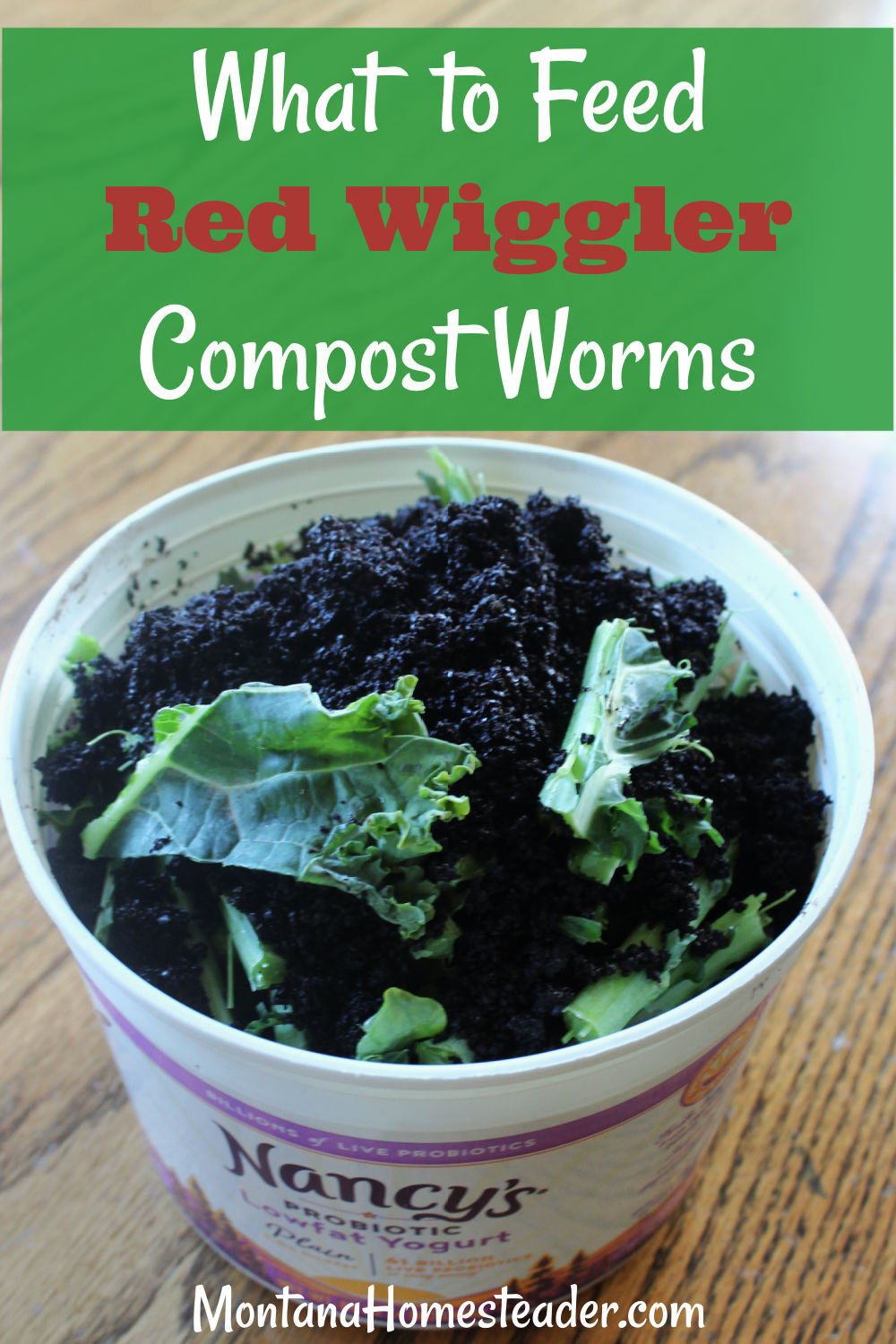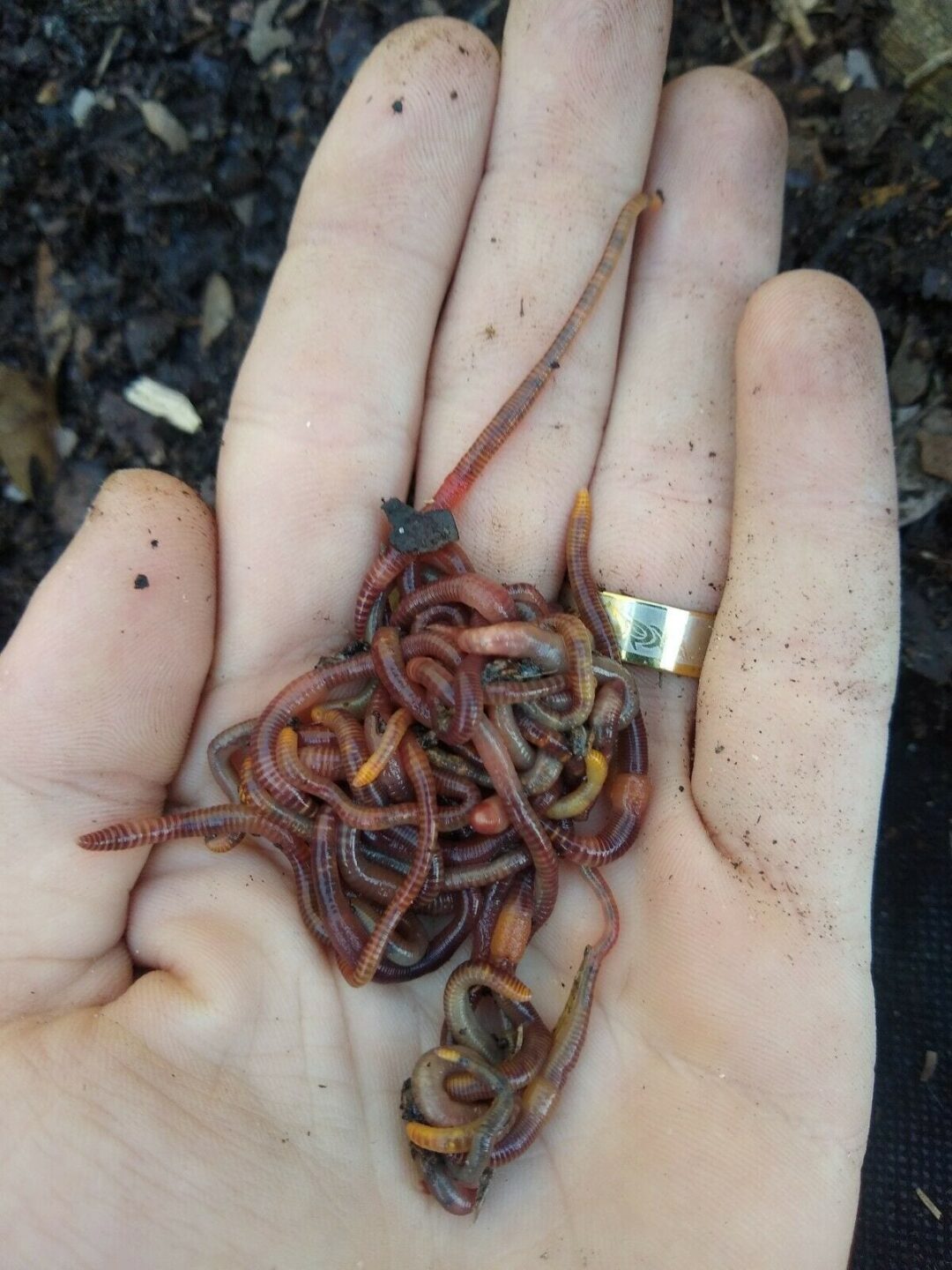Lake Hickory Bait: Your Trusted Store for Fresh Fishing Gear
Wiki Article
Open the Tricks of Red Wigglers: Your Guide to Composting Success
The assimilation of red wigglers into composting practices presents a significant opportunity for improving dirt wellness and advertising sustainability. Recognizing their needs and behaviors is essential for optimizing their potential, from setting up a proper worm bin to feeding them the right products.
What Are Red Wigglers?
(Lake Rhodhiss Bait)Red wigglers, clinically referred to as Eisenia fetida, are a species of earthworm largely used in composting due to their amazing capacity to disintegrate organic issue efficiently. These worms are identified by their reddish-brown coloration and a fractional body, usually measuring in between 3 to 4 inches in length. Unlike various other earthworm types, red wigglers grow in abundant, organic atmospheres, making them optimal for vermicomposting systems.Belonging To The United States And copyright, they are frequently located in rotting fallen leaves and compost heap, where they play a crucial function in nutrient recycling. Their adaptation to staying in a damp, aerobic atmosphere enables them to take in large amounts of organic waste, simplifying right into nutrient-rich castings that enhance soil health.
Red wigglers replicate quickly, with a solitary worm qualified of generating numerous cocoons each week, each having multiple hatchlings. Understanding the biology and behavior of red wigglers is crucial for optimizing their capacity in composting applications.
Advantages of Utilizing Red Wigglers
Using the power of red wigglers in composting supplies countless advantages that boost dirt wellness and advertise lasting waste monitoring. These impressive microorganisms efficiently damage down organic matter, changing cooking area scraps and backyard waste into nutrient-rich vermicompost. This completed product is extremely useful for plant growth, as it improves dirt framework, boosts wetness retention, and improves nutrient accessibility.
(Red Wiggler Express)In addition, the visibility of red wigglers in your composting system can speed up the composting procedure, creating premium compost in a portion of the moment compared to traditional approaches. The spreadings created by these worms are also including useful bacteria that even more improve the dirt environment.
Setting Up Your Worm Bin
Creating an effective worm container is an uncomplicated procedure that can substantially improve your composting efforts. The primary step is selecting a suitable container. Worm bins can be made from plastic storage space containers, wood boxes, or commercially available worm containers. Ensure the bin has adequate drainage and air flow openings to maintain optimum wetness levels and air movement.Next, prepare the bed linens material, which works as the worms' environment. A mix of shredded newspaper, cardboard, and coconut coir functions well, providing a comfy environment for the worms. Objective for a bed linens depth of concerning 4-6 inches. Moisten the bed blog here linens gently, ensuring it looks like a wet sponge without excess water pooling near the bottom.

Feeding Your Red Wigglers
To guarantee the health and performance of your red wigglers, it is important to give them with a well balanced diet that fulfills their nutritional needs. Red wigglers grow on a diverse selection of natural materials, which not just provide required nutrients yet likewise promote reliable composting.Start by incorporating kitchen area scraps such as vegetable peels, fruit cores, and coffee premises. Avoid citrus fruits, onions, and garlic, as these can be detrimental to worm health and wellness. Furthermore, present shredded paper, cardboard, and completely dry leaves to create a well-aerated setting.
Feeding regularity must be kept track of; generally, worms can eat half their body weight in food weekly. It is crucial to stay clear of overfeeding, as excess food can cause unpleasant smells and draw in insects. A good method is to add food in percentages, permitting worms to process it prior to presenting a lot more.
Preserving moisture degrees is also essential; the bed linens ought to be wet however not soggy. Finally, make certain to consistently inspect the temperature level and pH levels of the container to make certain an ideal environment for your red wigglers, eventually enhancing their composting performance.
Harvesting and Utilizing Garden Compost
An effective composting procedure with red wigglers finishes in the abundant, dark compost called vermicompost, which can considerably improve soil health and wellness and plant growth. Harvesting this nutrient-dense material usually happens every 3 to 6 months, relying on the dimension of your system and the amount of organic matter being refined.
To collect, gently separate the compost from the worms and any type of undecomposed products. One efficient approach entails relocating the materials of the container to one side and adding fresh bedding and food to the empty space, urging the worms to move. After a few days, the compost can be gathered from the opposite side.
It is vital to use vermicompost properly to optimize its advantages. It can be utilized as a top clothing for yard beds, blended into potting soil, or brewed right into a nutrient-rich fluid fertilizer referred to as "worm tea." This application method helps to deliver important nutrients directly to plant origins, advertising healthier development. By integrating vermicompost into your gardening routine, you not only reuse organic waste yet also develop a growing environment that supports sustainable horticulture practices.
Final Thought
In summary, red wigglers act as exceptional allies in composting efforts, transforming natural waste into nutrient-rich vermicompost (Red Wiggler Express). Their special organic qualities and reliable waste handling capabilities contribute dramatically to lasting horticulture practices. By recognizing the optimal conditions for their environment, feeding requirements, and compost harvesting methods, gardeners can improve soil wellness and promote plant vigor. Welcoming vermicomposting not only minimizes land fill waste however likewise cultivates a more ecologically responsible strategy to gardening and source monitoring.Report this wiki page